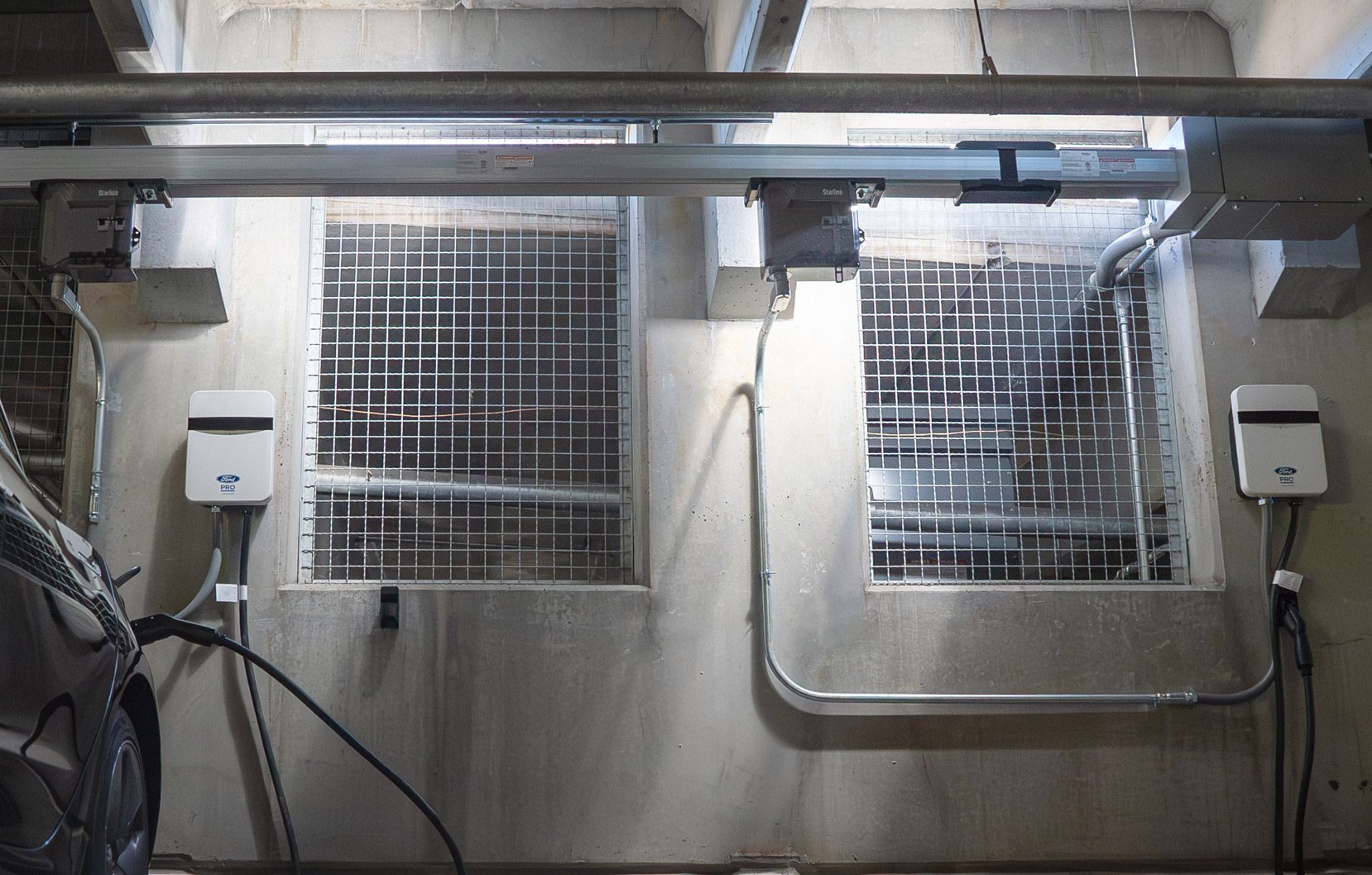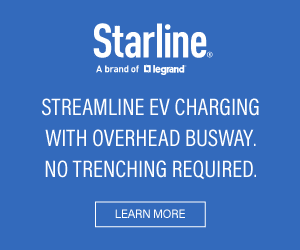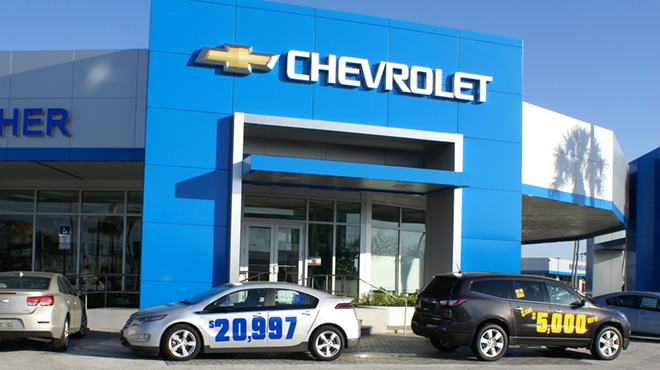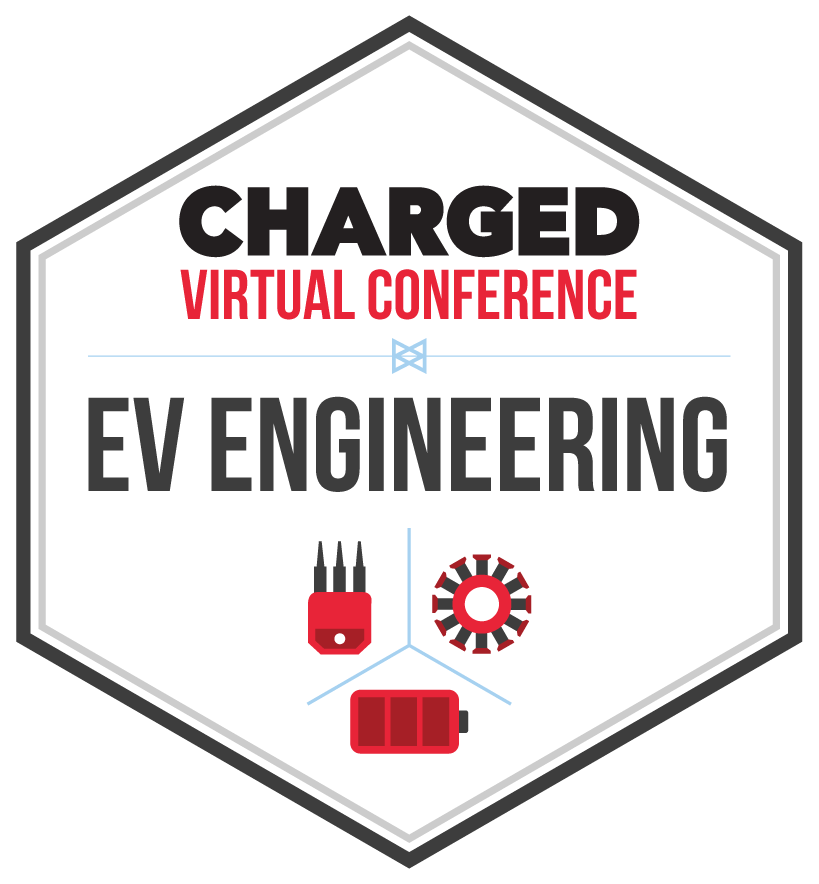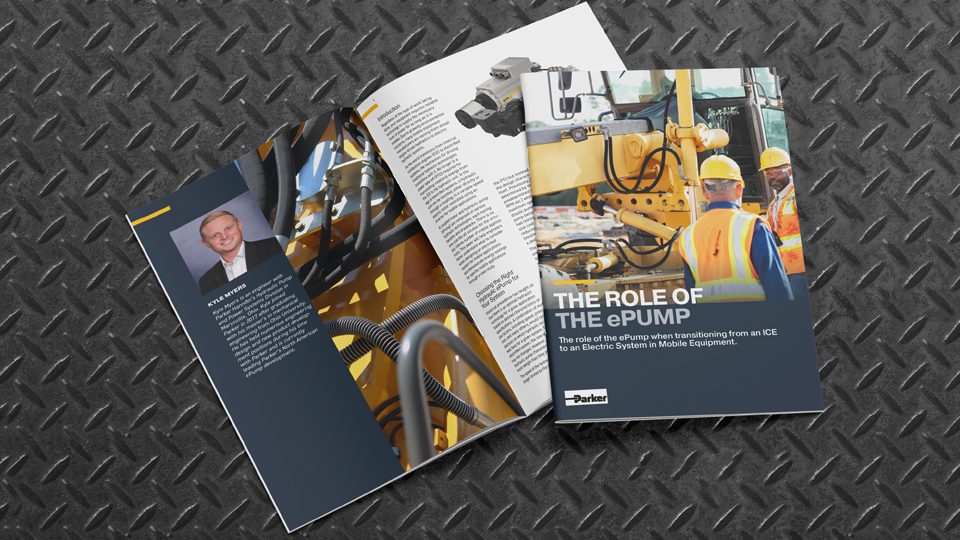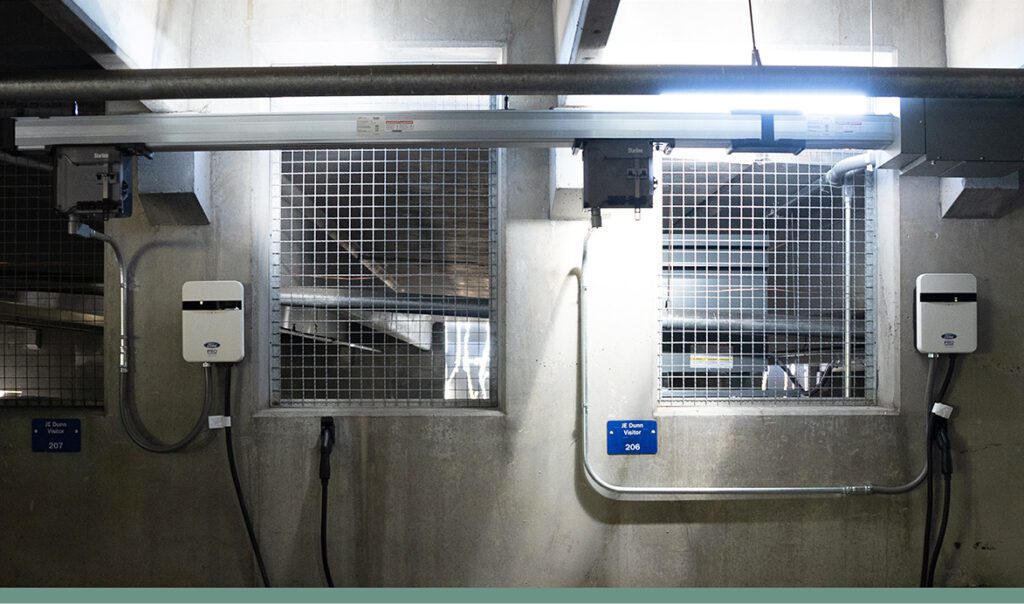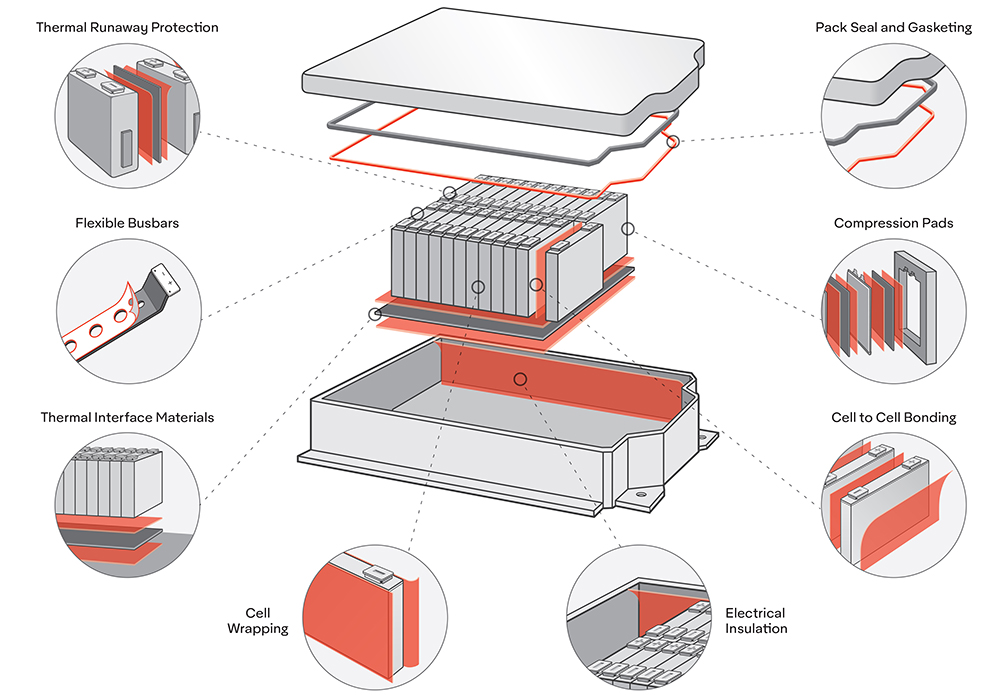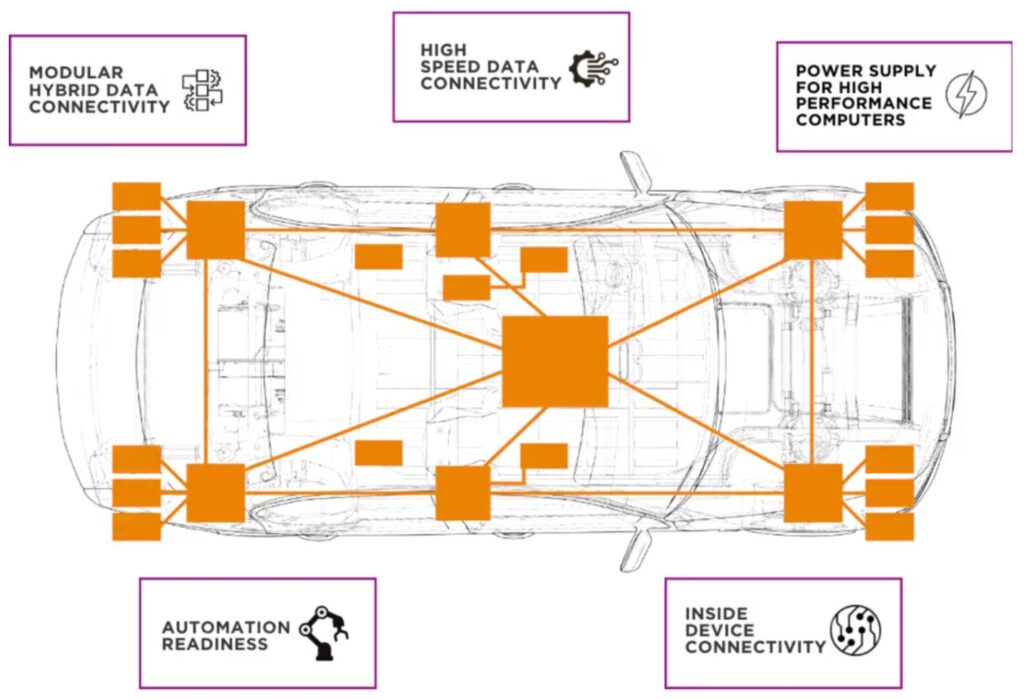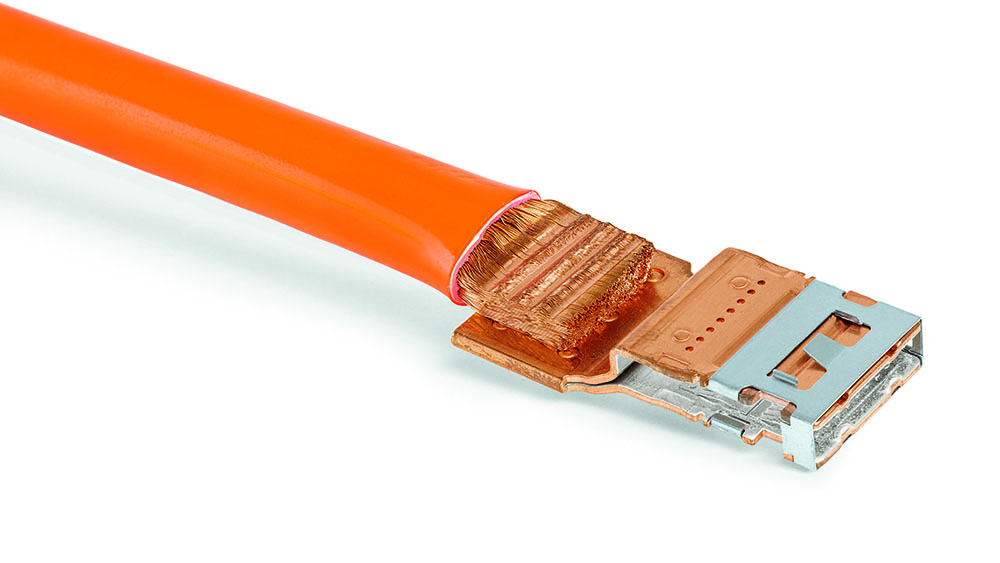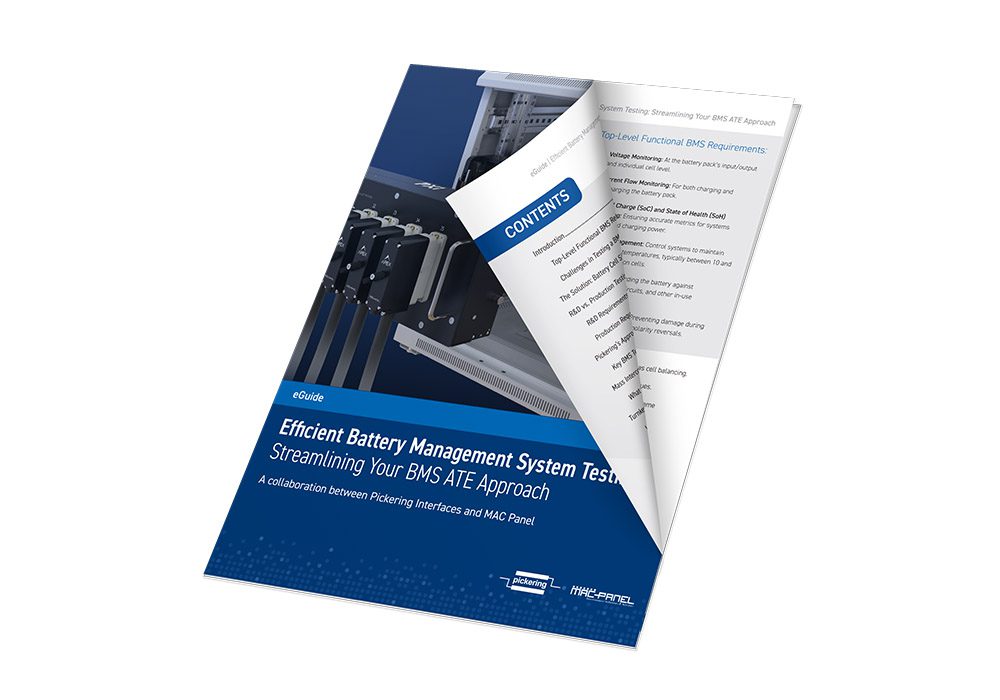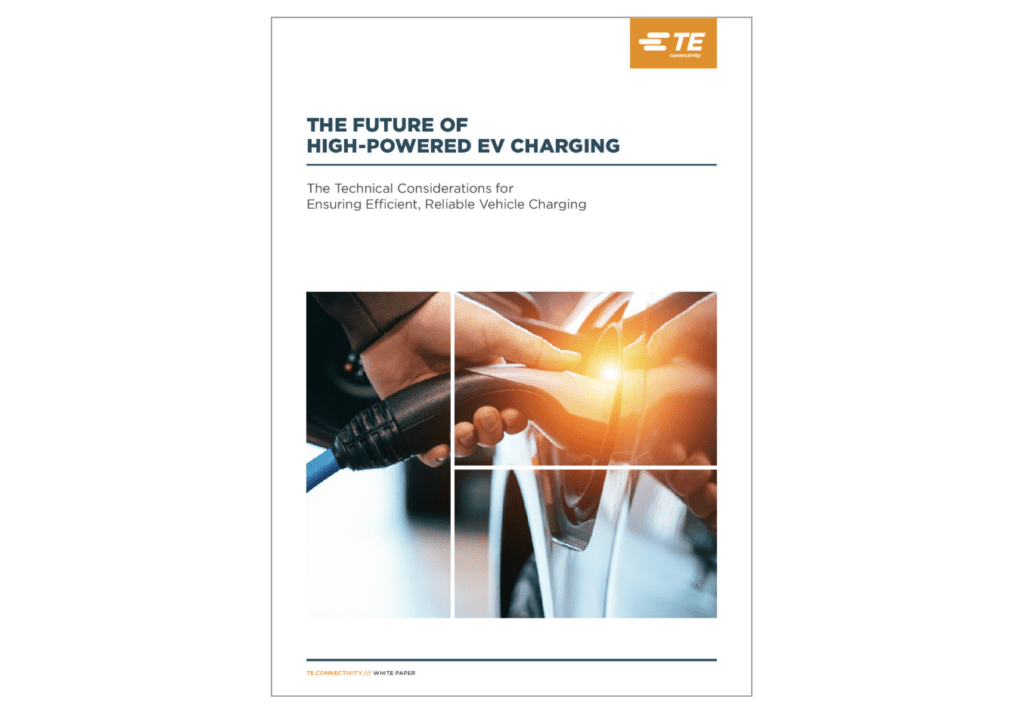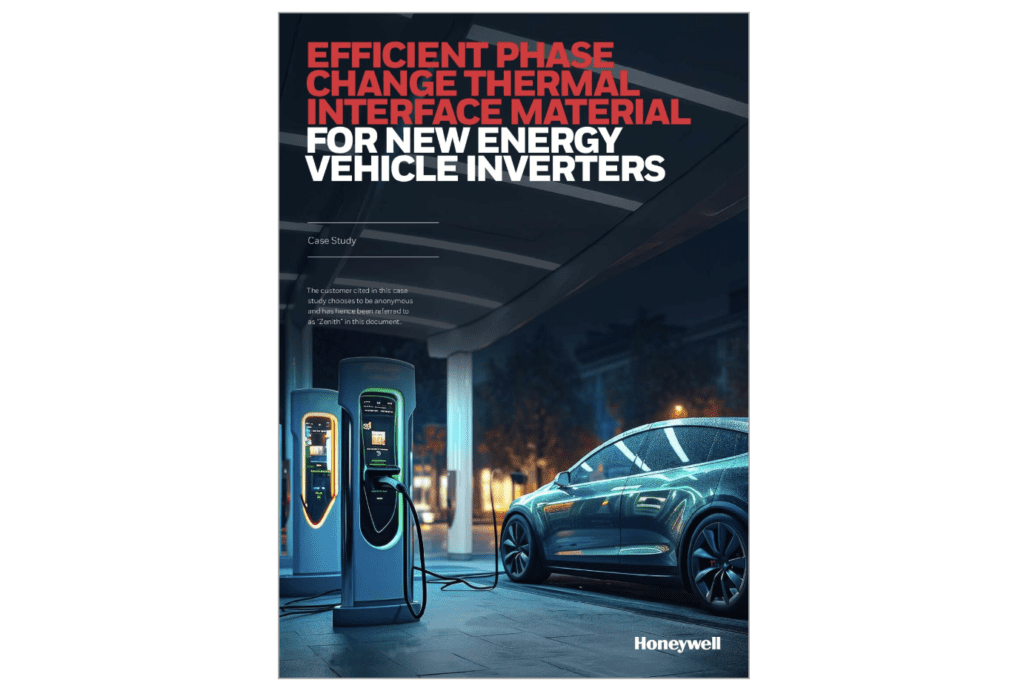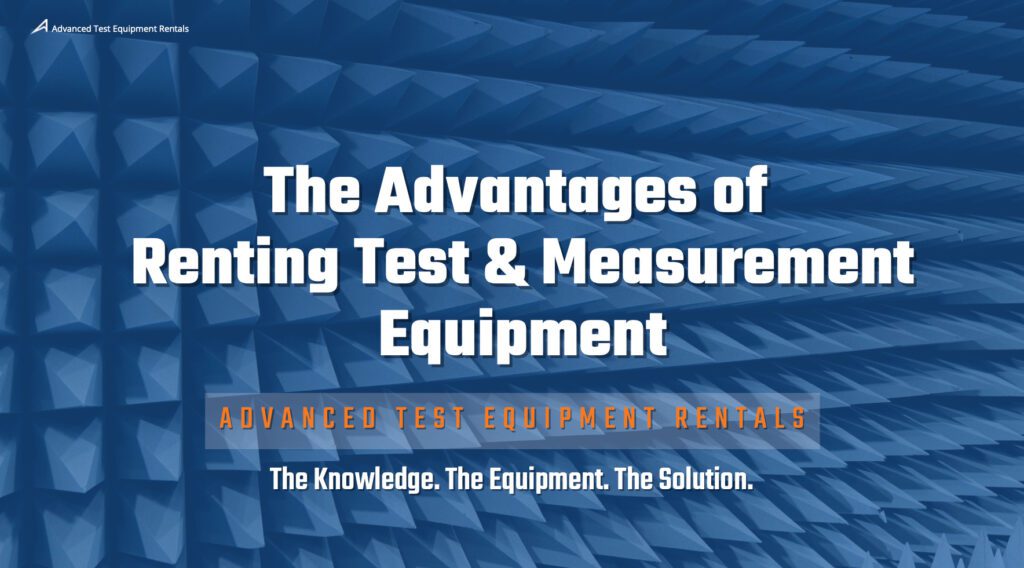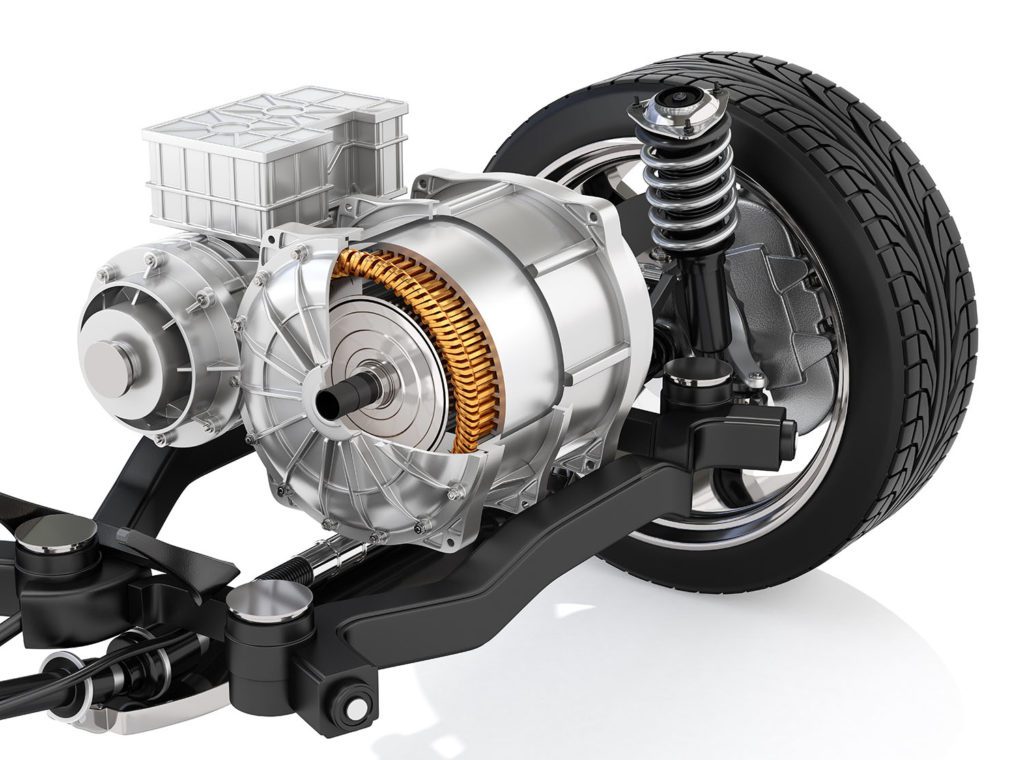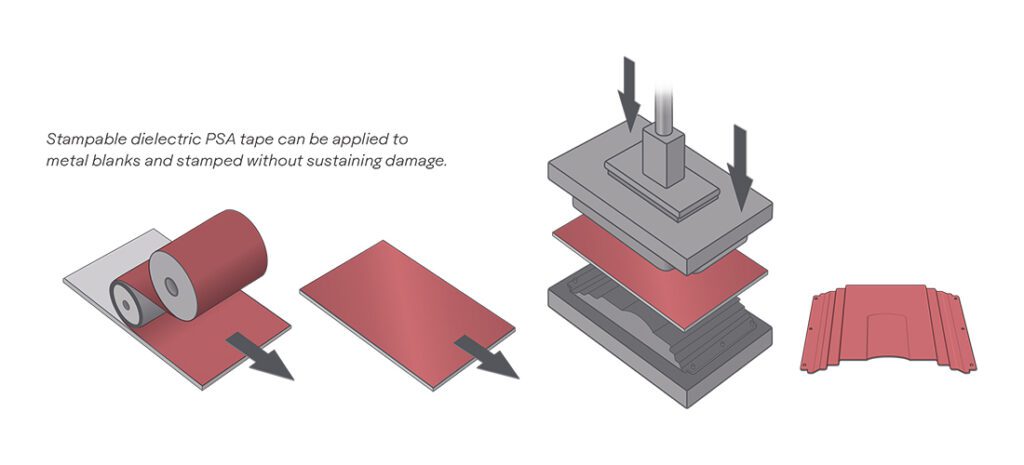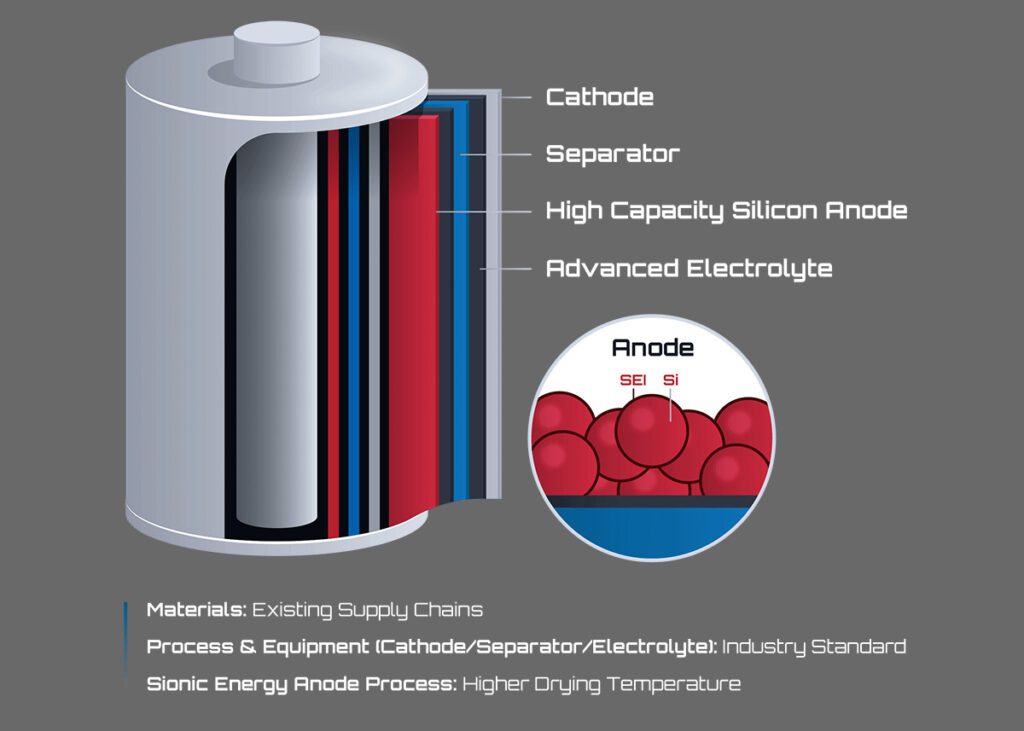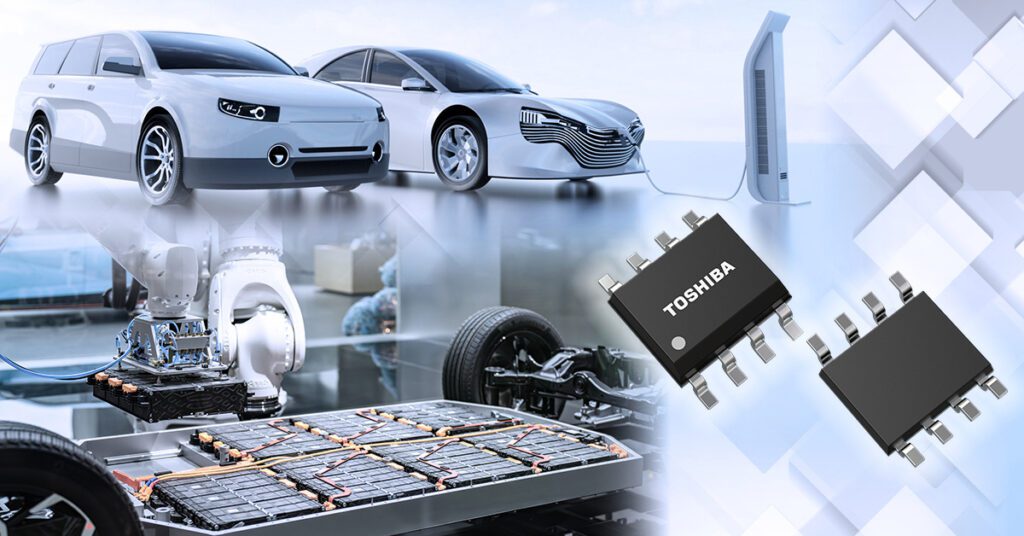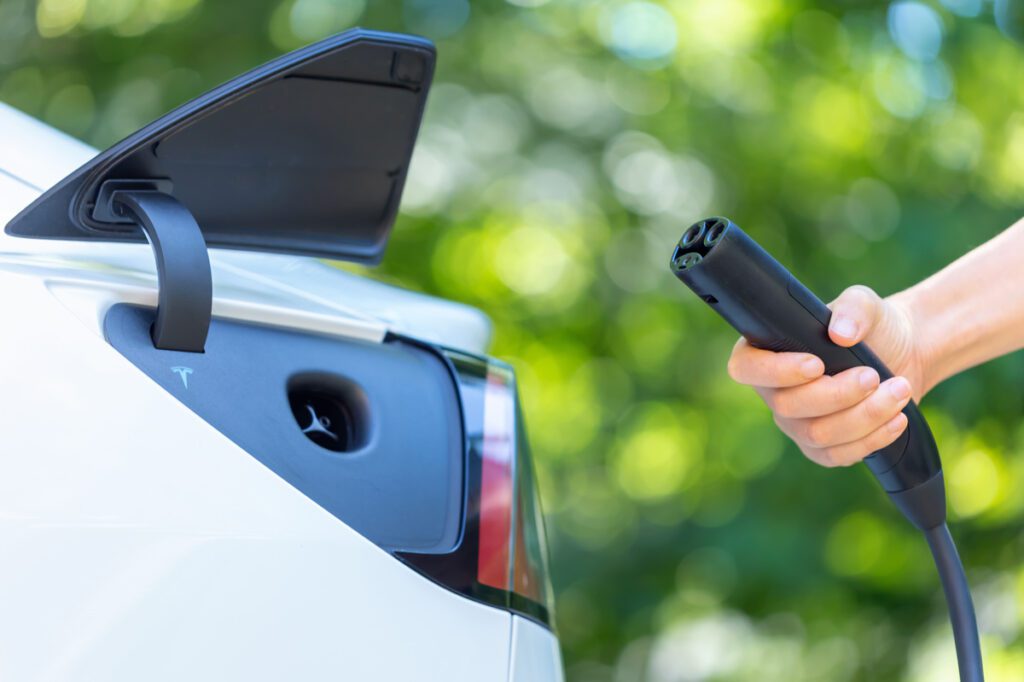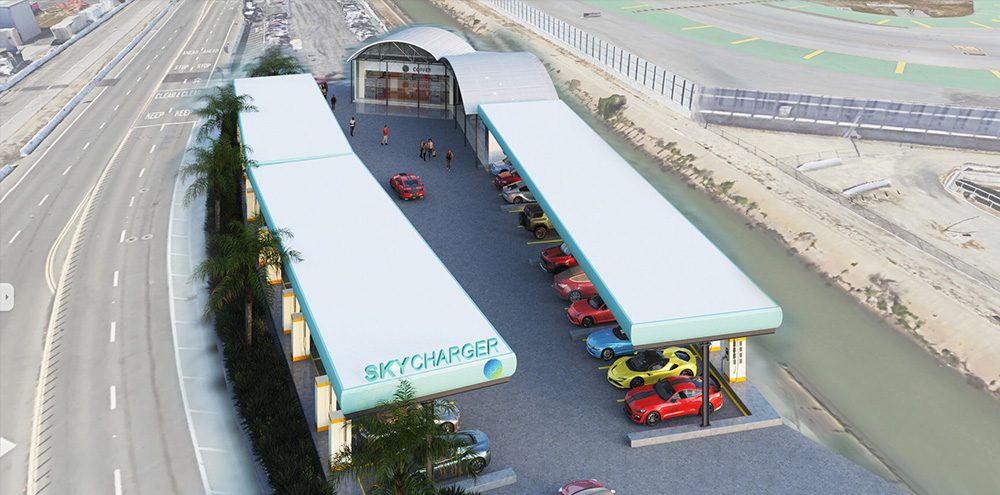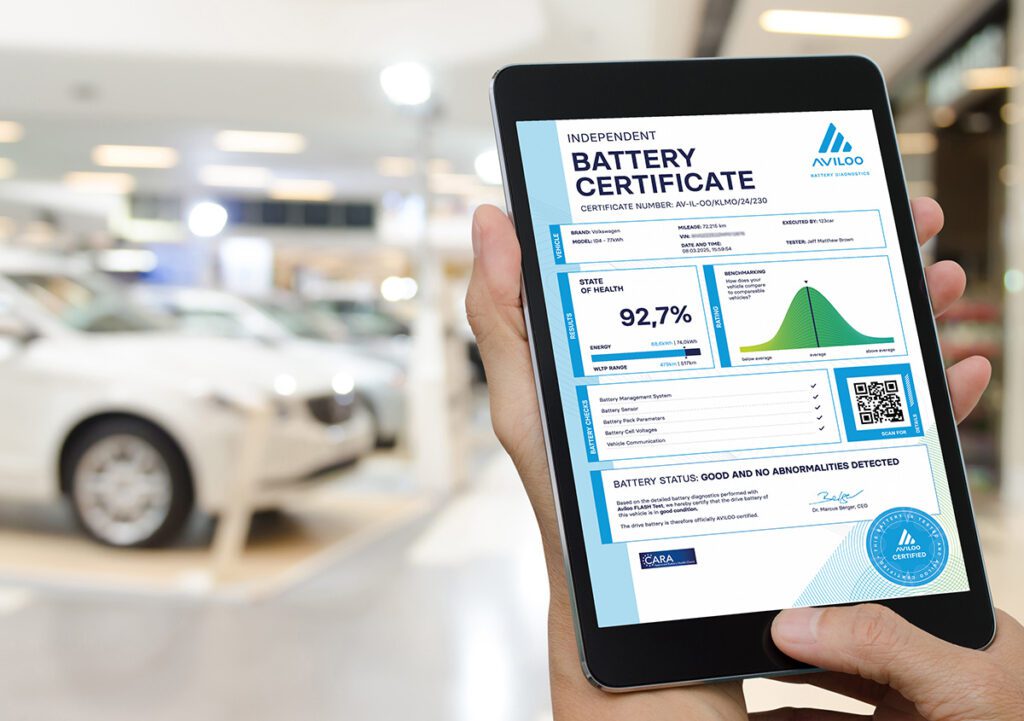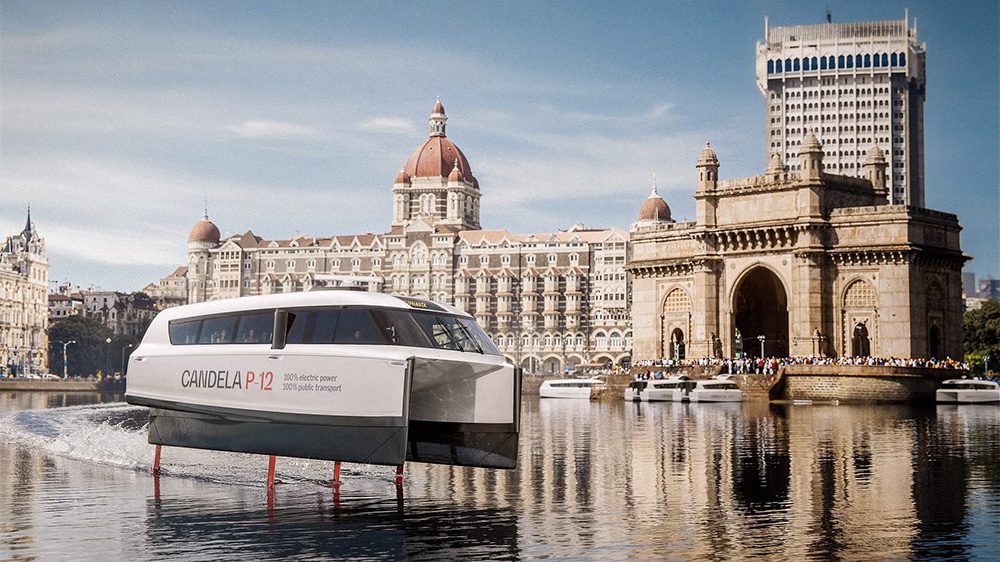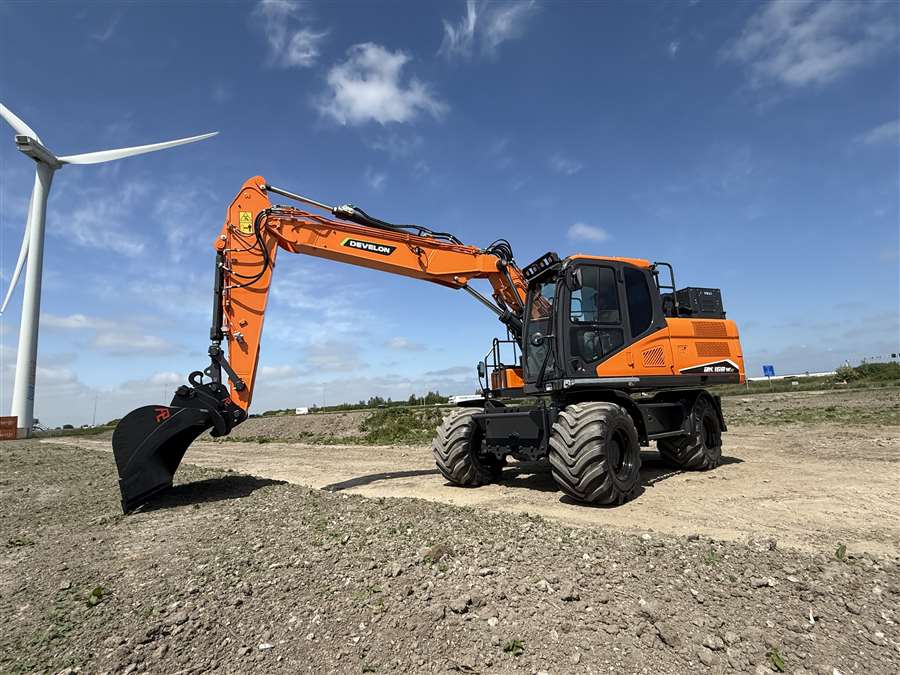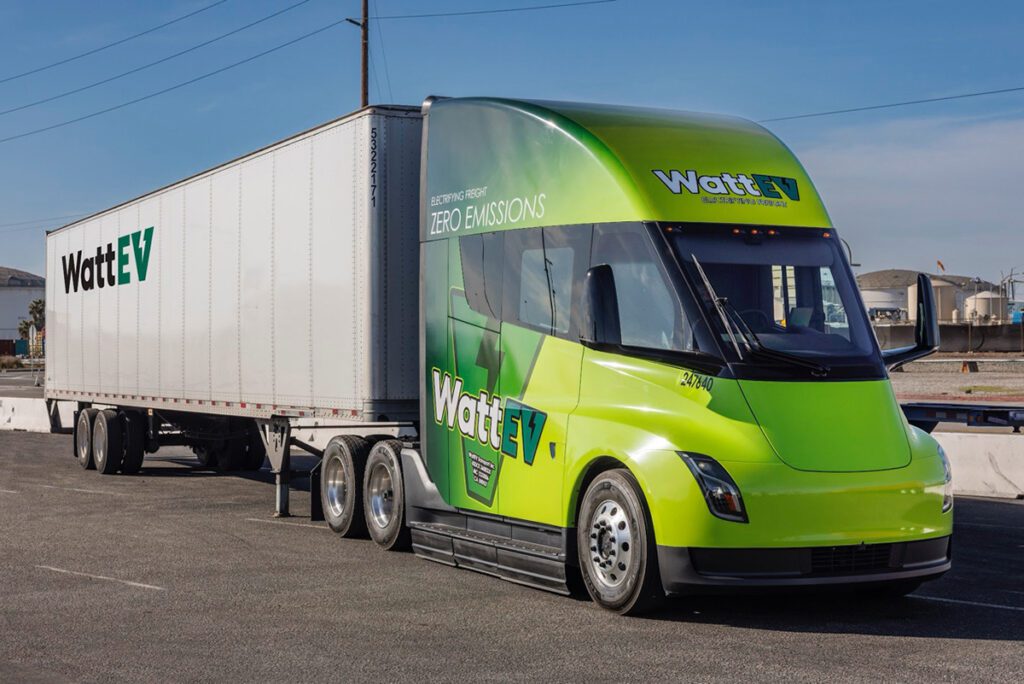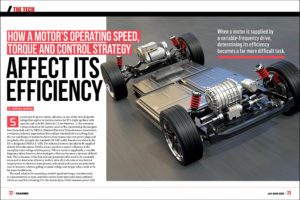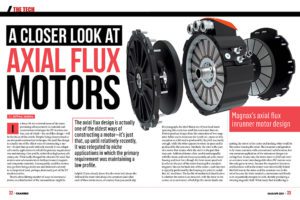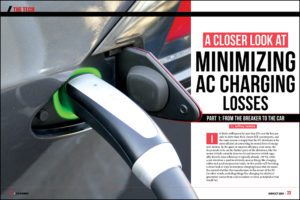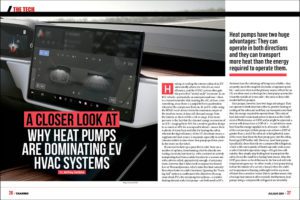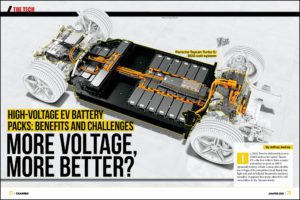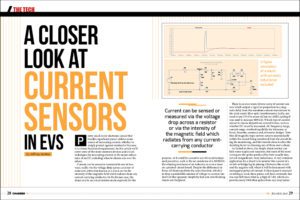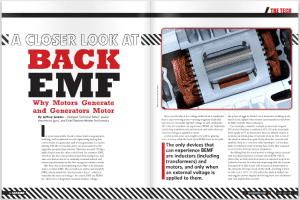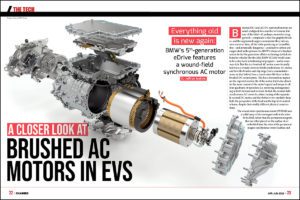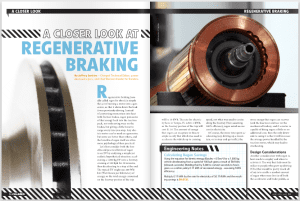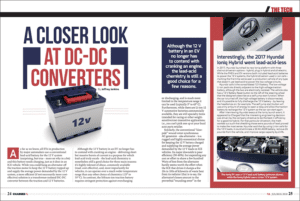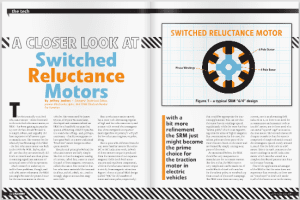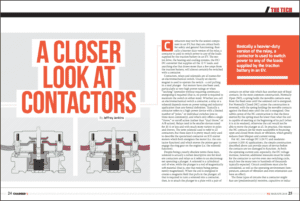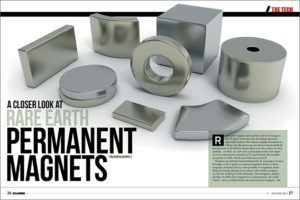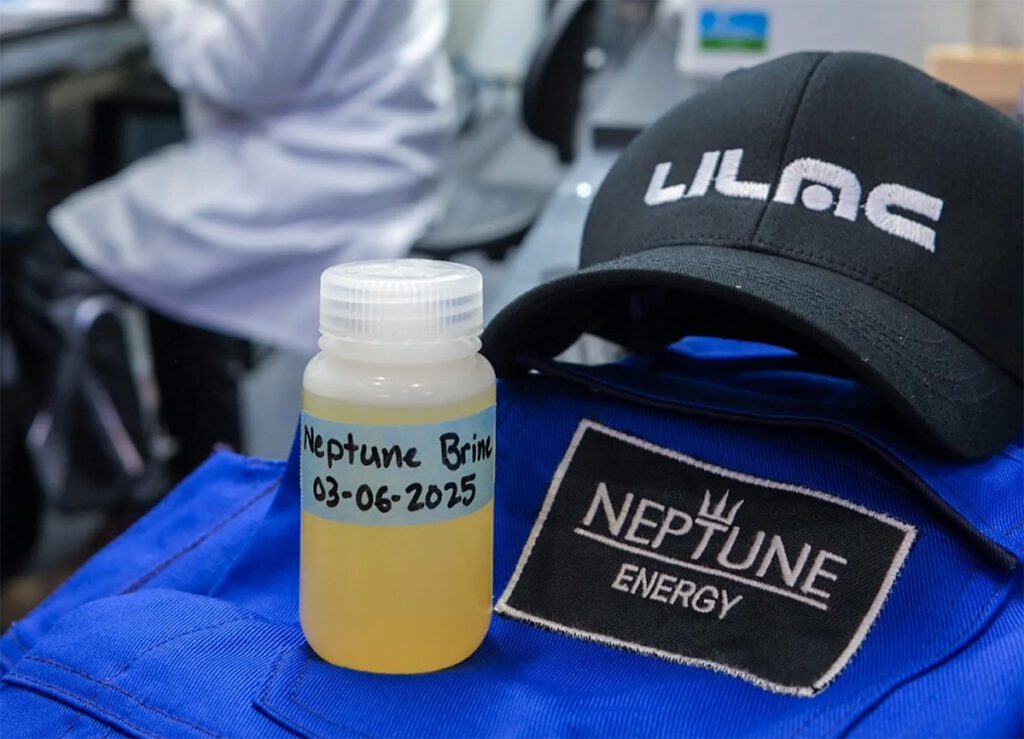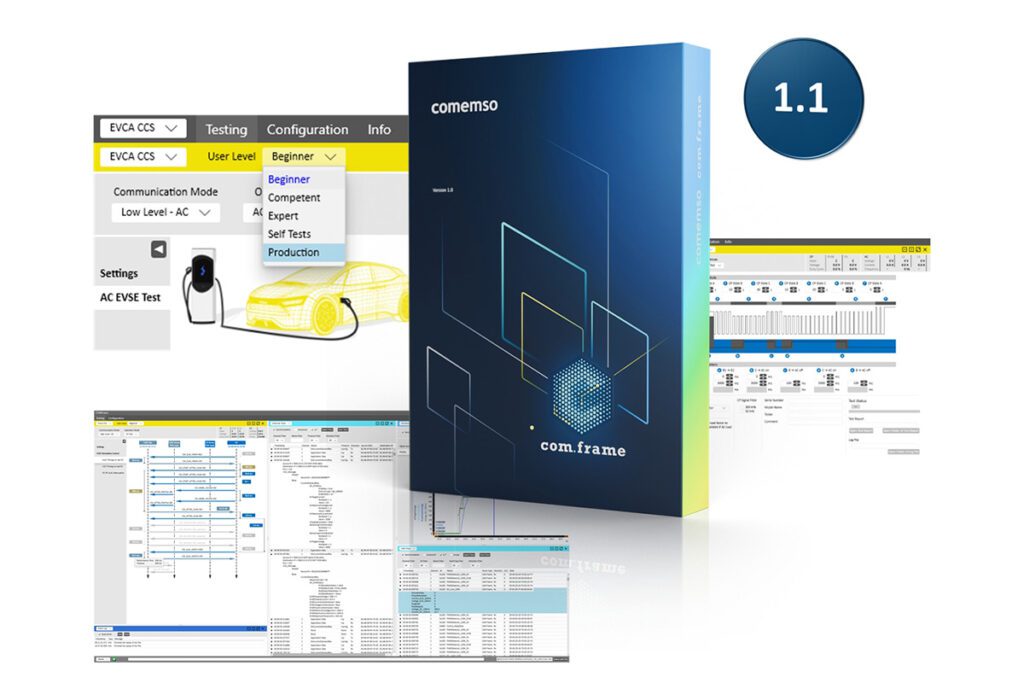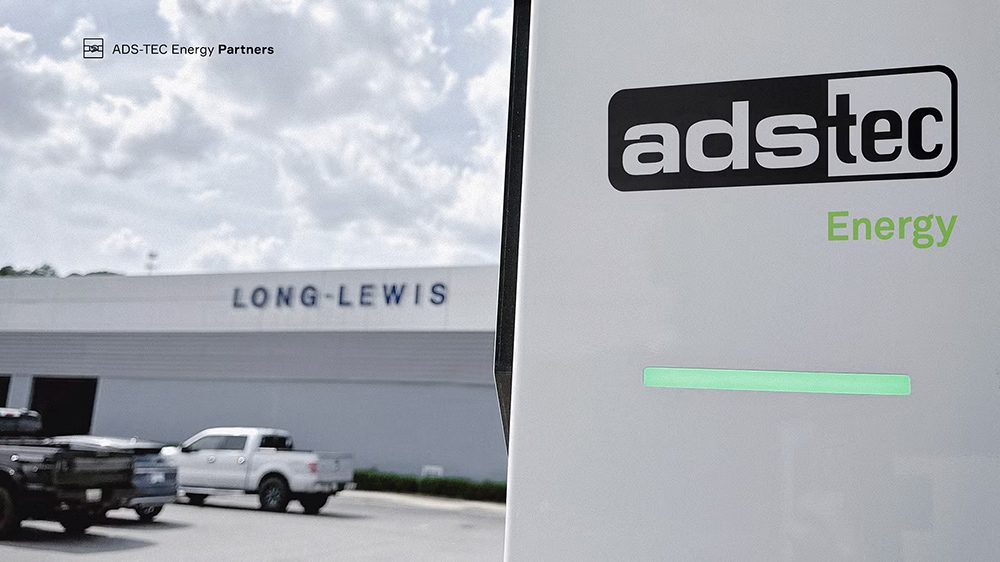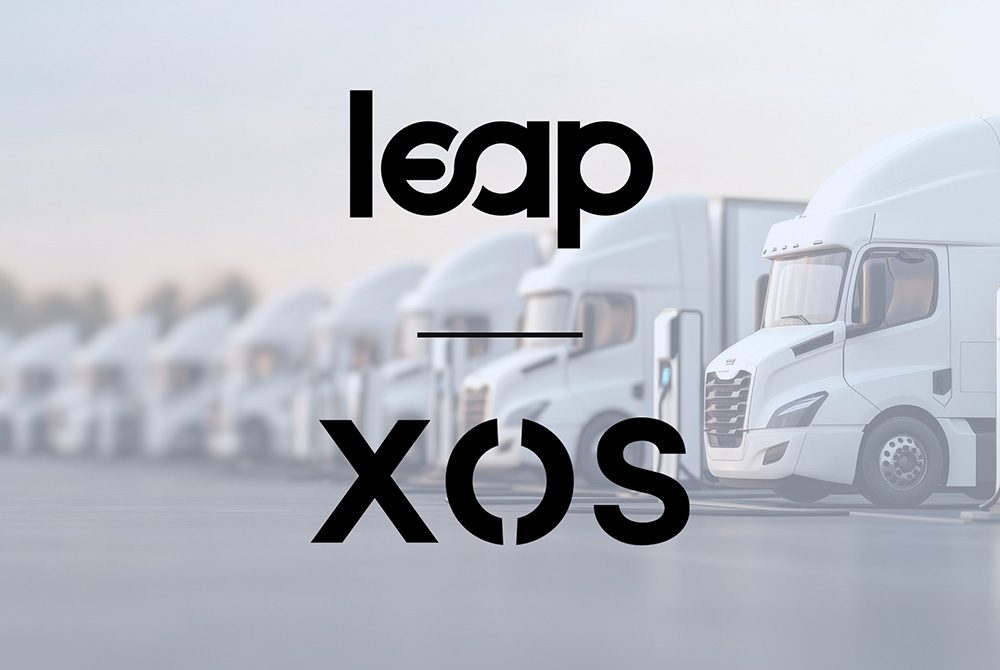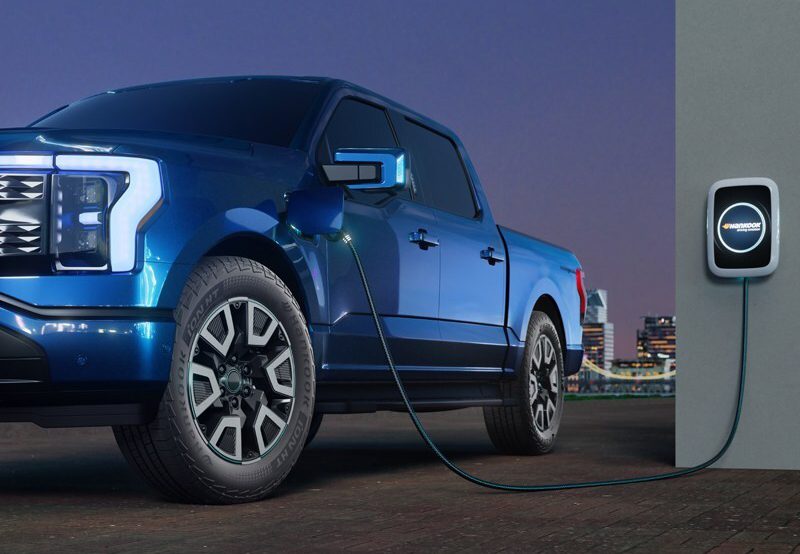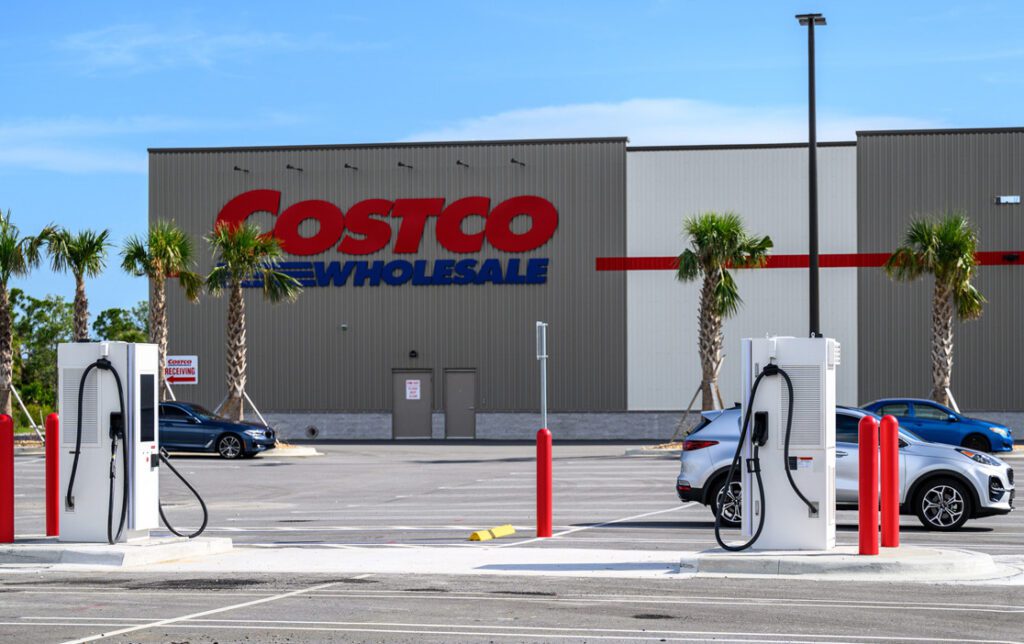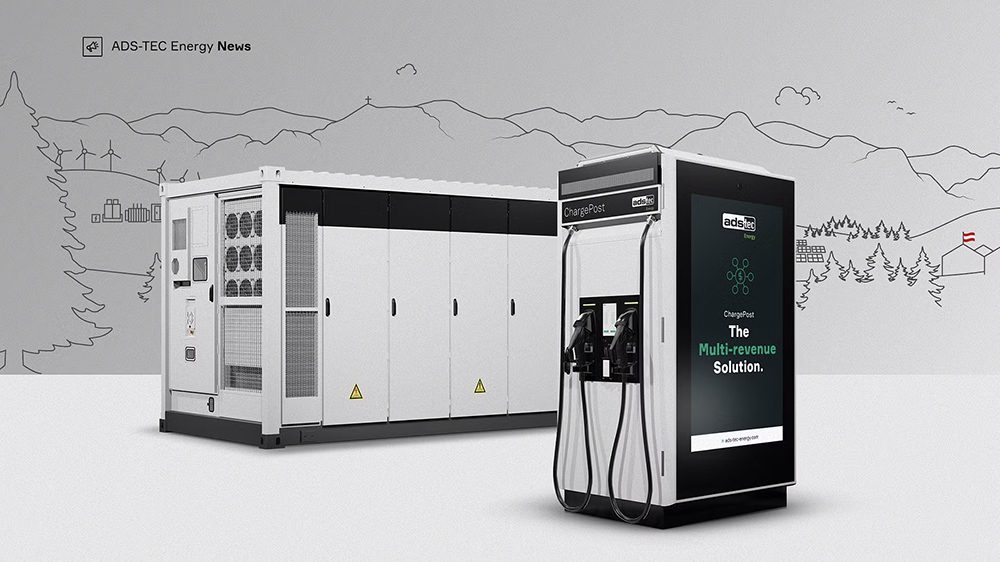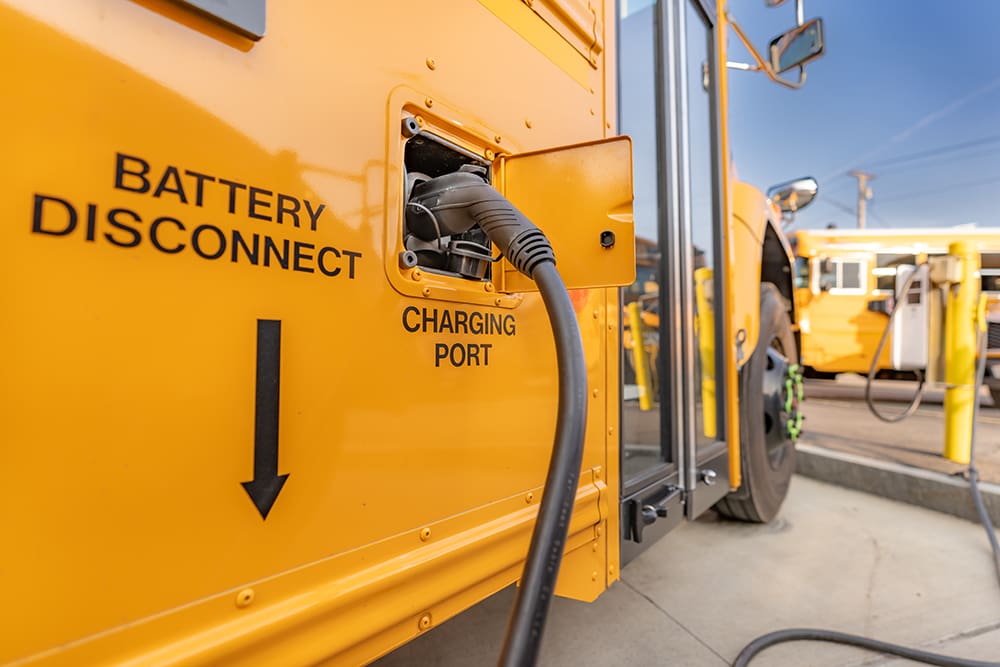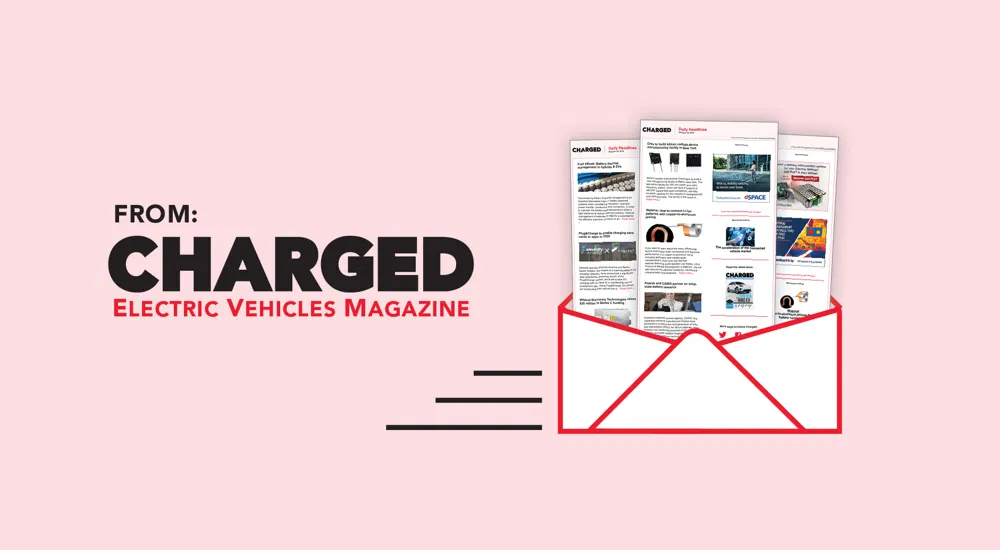Oregon legislators are considering a bill that would establish a $1-million fund to provide a $250 incentive to automobile sales staff who sell electric vehicles to Oregon residents (it exempts sales at exclusively electric dealerships).
The bill (HB 2514) addresses two interrelated issues, according to its sponsor, Representative Phil Barnhart. First, $250 would be a nice incentive for auto sales staff, who don’t fare particularly well on most sales. According to Barnhart, they make an average of $100 to $150 per car, and sell about 11 cars per month. Second, the bill would “provide experience in selling, leasing or exchanging electric motor vehicles.”
In testimony to the House Committee on Energy and Environment, Barnhart said that dealerships’ sales playbooks are stacked against EV sales, that the “art of the sale” gives an advantage to internal combustion vehicles. A chance to make more money on e-cars – say, a Volt instead of a Cruze – would redirect salespersons’ attention.
By 2020, Oregon’s greenhouse gas levels are supposed to be 10% lower than in 1990, a difficult goal. Transport CO2 emissions have been reduced over the last 10 years, from about 22 million metric tons in 2007 to 18 million in 2013. In 2015, however, emissions were back up, again close to 22 million tons.
Driving is up, too: almost 21 billion highway miles per year, a sharp increase from 19.5 billion in 2011. Finally, it’s still a gas and diesel world. At a House hearing, Oregon’s Global Warming Commission showed that from 2014 to 2016, US plug-in vehicle sales did increase by 30%, to 144,000 vehicles, for a 0.82% market share. However, sales of trucks and SUVs increased by 26%, to 11.1 million vehicles, for a 63% market share. That’s up from 50% in 2014.
Rep. Barnhart emphasizes, however, that this numerical imbalance is not the whole story. In committee testimony, he focused on the 0.82% market statistic, explaining that when plug-in vehicles get to a 1% share, that level will become a tipping point, with its own beneficial momentum and dynamics. The new bill could help complete the incremental shift towards that self-sustaining market, a goal with policy outcomes, far different, and more achievable, than just looking for a 1:1 match with sales of gas and diesel vehicles.
HR 2514 passed its first legislative step on March 22 when the Committee on Energy and Environment voted 6-3 for approval, sending the bill to the Joint Committee on Ways and Means, which is likely to be a more contentious setting. The bill, as introduced, did not specify where the $1-million sales subsidy should come from – a tough decision left for others to make.
One million dollars may not sound like much considering Oregon’s general revenue budget of about $9 billion per year.
However, state lawmakers face difficult money decisions. Even Barnhart’s web site, for example, references challenges paying for “the most basic services: schools, health care and public safety.”
At a February committee hearing, a speaker from Tax Fairness Oregon called HB 2514 “another example of a clever idea in need of state revenues. If you choose to support this measure, you are also deciding that Oregon’s children can do with fewer teachers or days of school.”
For legislators, that’s a difficult charge. Stay tuned, more politicking to come.
SEE ALSO: A dealership perspective: How we can sell millions of EVs

